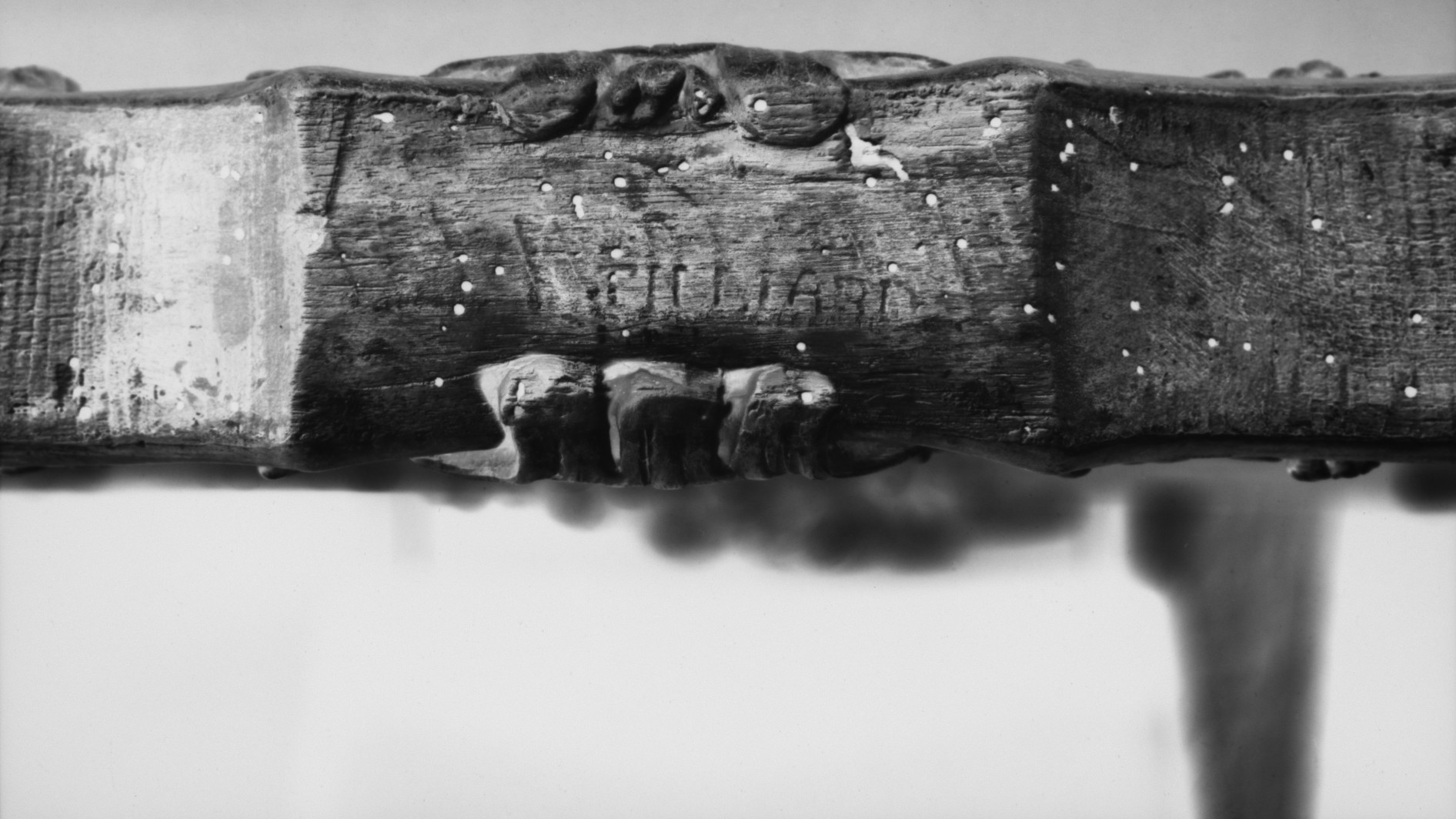Fire screen
Jean-Baptiste I Tilliard French
or Jean-Baptiste II Tilliard French
Not on view
During the Middle-Ages and the Renaissance, screens were put in front of fireplace as protection against the heat. Initially in wicker, more luxurious materials were used during the modern age when such screens became part of a room decoration. This fire screen is made of carved and gilded beech wood. Its serpentine outline, moldings, scrolls and floral motifs are symptomatic of the rocaille style used during Louis XV’s reign.
The mark TILLIARD is stamped beneath the lower rail. It is difficult, however, to attribute this stamp with certainty to a particular member of the Tilliard family since Jean-Baptiste I and his son Jacques-Jean-Baptiste worked together and used the same stamp. Nevertheless, as this fire screen appears to date between 1750 and 1760, it was probably made by the father since he was then the active head of the family workshop. Called "Aux Armes de France", the workshop was located in the rue de Cléry and had the king, the Prince of Soubise, the Duchess of Mazarin or the Duchess of Parma among its clients.
Due to rights restrictions, this image cannot be enlarged, viewed at full screen, or downloaded.
This artwork is meant to be viewed from right to left. Scroll left to view more.




